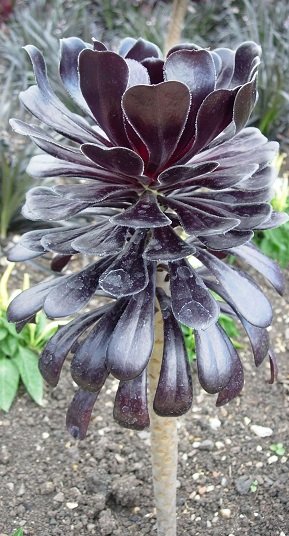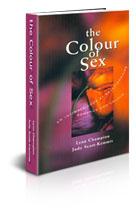The Color Gray
The color of detachment, indecision and compromise
The color gray is an unemotional color. It is detached, neutral, impartial and indecisive - the fence-sitter.
From a color psychology perspective, gray is the color of compromise - being neither black nor white, it is the transition between two non-colors. The closer gray gets to black, the more dramatic and mysterious it becomes. The closer it gets to silver or white, the more illuminating and lively it becomes.
Being both motionless and emotionless, gray is solid and stable, creating a sense of calm and composure, relief from a chaotic world.
The color gray is subdued, quiet and reserved. It does not stimulate, energize, rejuvenate or excite.
In the meaning of colors, gray is conservative, boring, drab and depressing on the one hand and elegant and formal on the other, yet never glamorous.
Gray conforms - it is conventional, dependable and practical. It is a color of maturity and responsibility, associated with the gray hair of old age. It will never be the centre of attention, the dynamic leader or the director - it is too safe and toned down.
It can stifle and depress energy but it is also the stable base from which the new and positive can come.

Gray is controlled. It has a steadying effect on other colors with which it comes into contact, toning down the stronger and brighter colors and illuminating the softer colors. Rarely is gray a perfect mix of black and white - it often has elements of other colors such as blue, green, pink, mauve or yellow within it which lift it and energize it.
Too much of the color gray creates sadness and depression and a tendency to loneliness and isolation. Add some color to change this.
Most people are indifferent to gray- it relates to the corporate worker in the gray suit - conservative, reliable, formal and independent and maybe boring.
If your favorite color is gray, it will reflect in your personality! Personality color gray will give you more information on this.
If you are thinking of using gray in a business application, read about the meanings of colors in business.
Positive and Negative Traits of Gray
Positive keywords include: reliable, conservative, dignified, neutral, impartial, professional, mature, intelligent, classic, solid, stable, calming, sudued, reserved, elegant, formal and dependable.
Negative keywords include: indecisive, non-emotional, indifferent, boring, sad, depressed, lifeless, lonely, isolated
Gray Represents
Neutrality: gray is impartial and dispassionate, it doesn't take sides.
Compromise: it is the transition between two non-colors, neither black nor white. It takes the middle ground, neither one way nor the other.
Control: gray is reserved, quiet and conservative. It has a steadying effect on other colors around it.
Effects of Gray
Indecision: Gray prefers to sit in the middle, not making a decision either way, sitting on the fence.
Detached: being non-emotional, gray can appear indifferent, uncaring, cold and aloof.
Depression: gray can stifle and depress energy but it is also the stable base from which the new and positive can come.
Unemotional: gray can appear neutral, disinterested, objective or impartial.
Variations of the Color Gray
Light gray is soothing and calming. It enlightens, saves and rescues those in difficult life situations.
Dark gray is conventional and constrained. It is serious and solemn, inflexible and strict. It relates to self-denial and self-discipline.
To go to the meanings of colors: red, orange, yellow, green, blue, indigo, purple, turquoise, pink, magenta, brown, black, white, silver, gold.
To go to Personality Color
To return from The Color Gray to the Home Page
To return to the Meaning of Colors
Like to join our Facebook community?




New! Comments
Have your say about what you have just read! Leave me a comment in the box below.